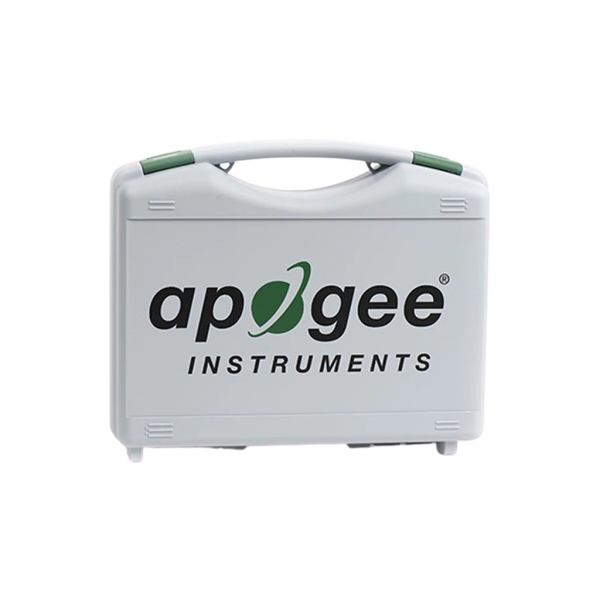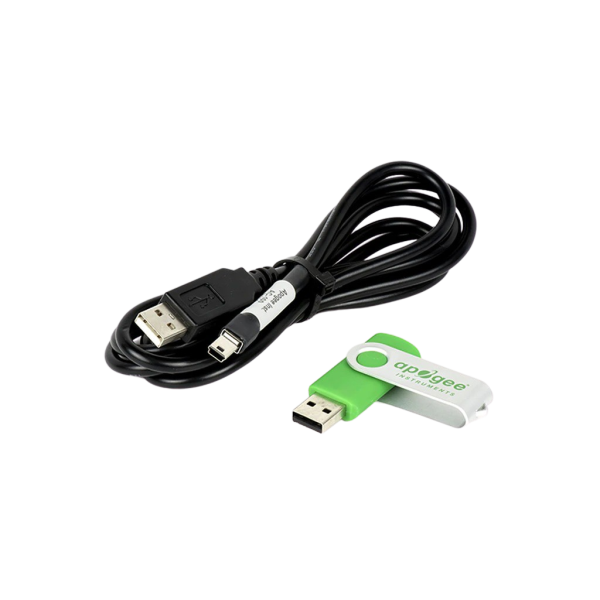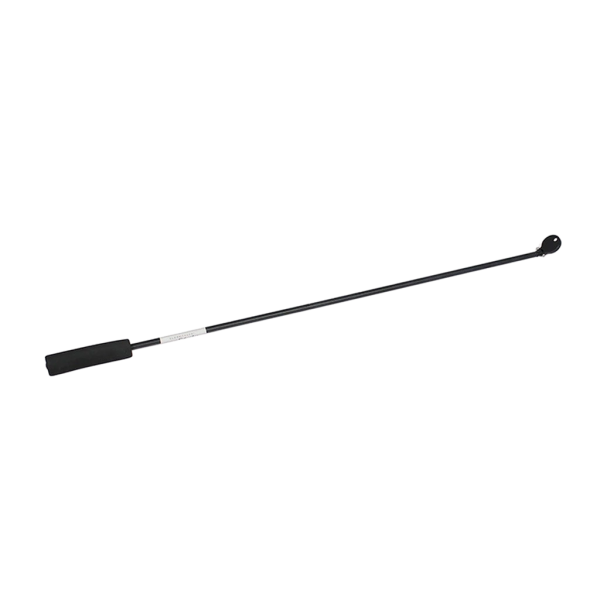Apogee MQ-210X Underwater Quantum-Meter
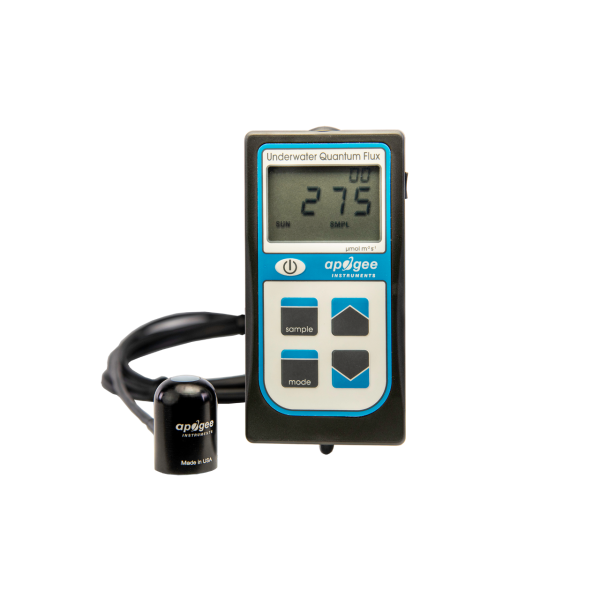
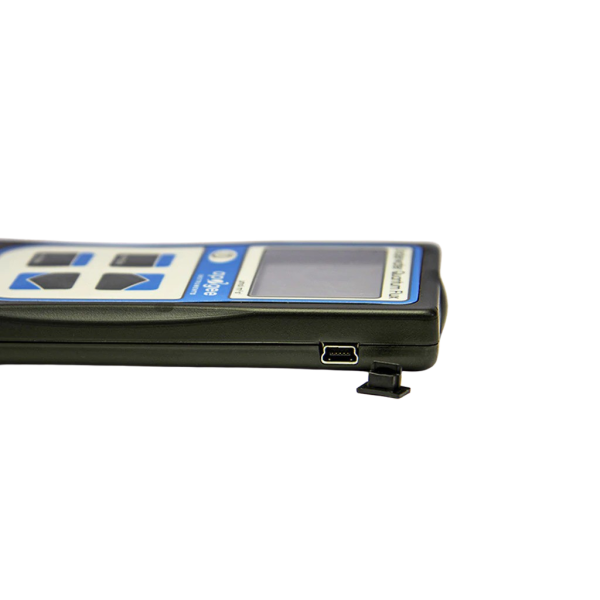
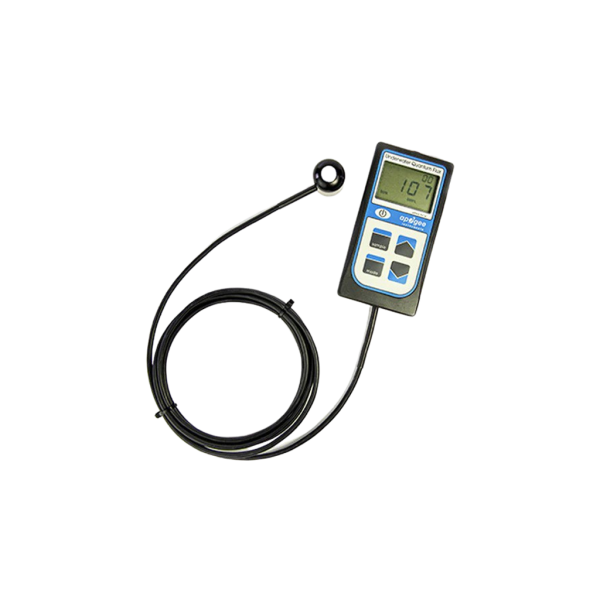
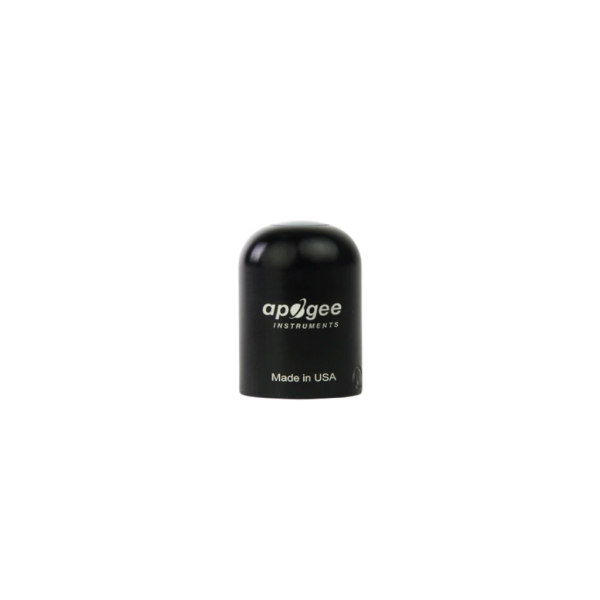
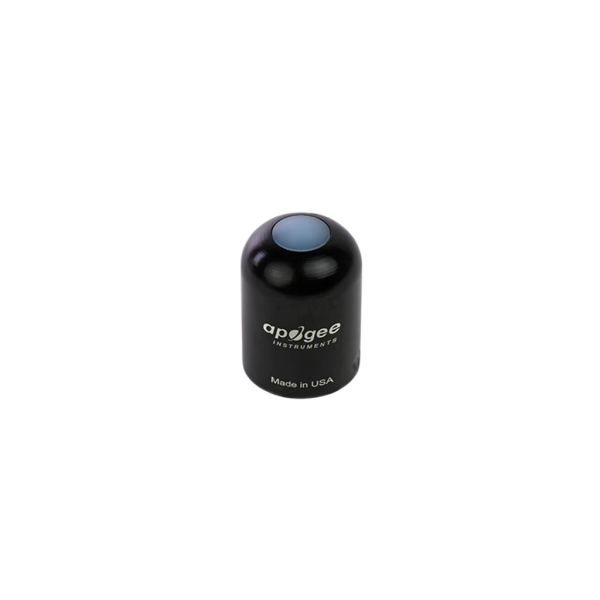
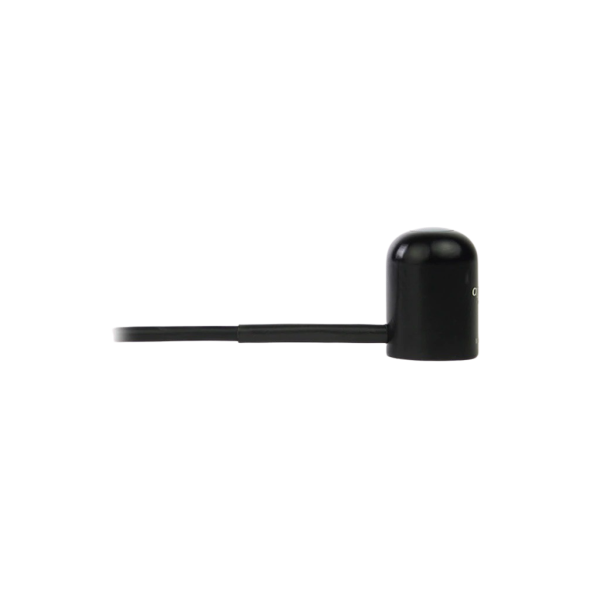
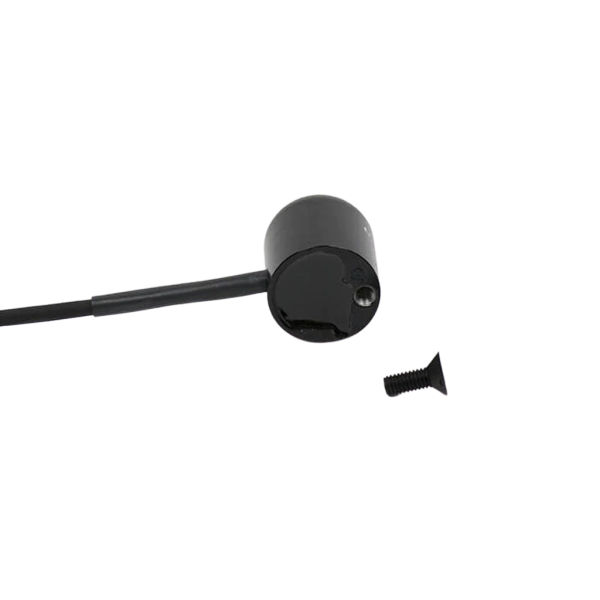
For underwater PAR measurements
- waterproof quantum sensor
- robust aluminium housing
- accurate measurements
- Manufacturer:Apogee Instruments
- SKU:13115
Photosynthetic radiation is essential for the growth of the photosynthetic organisms such as corals. The wavelength range from 400 to 700 nm is PAR (Photosynthetically Active Radiation) or PPFD (Photosynthetic Photon Flux Density). Apogee quantum/PAR sensors are calibrated to measure the number of photons of light across this range.
How It WorksPAR (Photosynthetically Active Radiation) is the energy source required for photosynthesis, created by photons in the wavelengths of 400 to 700 nm. The energy source, PAR, is expressed in Photosynthetic Photon Flux Density (PPFD) units, µmol m-2 s-1. PAR can be measured from both sunlight and electric light sources to ensure corals are receiving proper light or photons for optimal health. PAR requirements of coral varies greatly due to different depths and water conditions they naturally exist in. Information on specific coral PAR requirements can be found by asking a professional aquarist becoming involved in a local reef club and through articles such as Photosynthesis and Photoadaptation by Sanjay Joshi. Apogee Underwater Quantum/PAR meters and sensors accurately measure an aquariums range of PAR to give a better understanding of aquarium lighting.
Full Spectrum SensorFeatures an improved detector that provides excellent measurements under all light sources, including LEDs, right out of the box. The full-spectrum quantum sensor has a spectral range of 389 to 692 nm ± 5 nm. The sensor is available attached to a hand-held meter that provides a digital readout (MQ-510), with USB communication and custom software (SQ-520), and in multiple analog outputs to be used with a datalogger or voltmeter.
Original SensorA lower-cost option that is excellent for all light sources, except most LEDs, where post-measurement correction factors need to be applied to achieve accurate readings. The original quantum sensor has a spectral range of 410 to 655 nm. The sensor is available attached to a hand-held meter that provides a digital readout (MQ-210) and in multiple analog outputs to be used with a datalogger or voltmeter.
Ready for Underwater UseAll Apogee Underwater Quantum Meters and Sensors models (MQ-210 and -510, and SQ-420 and -520) automatically correct for the immersion effect or have an immersion setting, allowing the user to make excellent underwater measurements right out of the box. Sensors feature a waterproof sensor head that is potted solid for a complete seal and to ensure it has no hollow cavities for water to penetrate and cause measurement errors.
Underwater PAR MeasurementsQuantum sensors are increasingly used to measure photosynthetic photon flux density (PPFD, units of µmol m-2 s-1) underwater, which is important for biological, chemical, and physical processes in natural waters and in aquariums. When a quantum sensor that was calibrated in air is used to make underwater measurements, the sensor reads low.
This phenomenon is called the immersion effect and happens because the refractive index of water (1.33) is greater than air (1.00). The higher refractive index of water causes more light to be backscattered (or reflected) out of the sensor in water than in air (Smith, 1969; Tyler and Smith, 1970). As more light is reflected, less light is transmitted through the diffuser to the detector, which causes the sensor to read low. When this effect is not corrected for, underwater measurements are only relative, which makes it difficult to compare light in different environments.
The Apogee Full-Spectrum Quantum Sensor (model SQ-500) is more spectrally accurate than the Original Quantum Sensor (model SQ-120-SS), but the unique optics (mainly the shape) cause the immersion effect to be larger for the new sensor. Underwater PAR measurements collected using a full-spectrum sensor can be corrected by multiplying by 1.32; measurements collected using an original Apogee sensor should be multiplied by 1.08*.
The MQ-210 and MQ-510 Underwater Quantum Meters already apply the immersion effect correction factor to the meter readings through the meter firmware. Additionally, the SQ-420 and SQ-520 have an "Immersion Setting" that applies the immersion effect correction factor to the sensor readings through the ApogeeConnect Software. These sensors do not need post-measurement corrections applied to their measurements.
Datalogging CapabilitiesThe MQ-210 and -510 meters record up to 99 manual measurements. In logging mode the meter will make a measurement every 30 seconds. Every 30 minutes the meter will average the sixty, 30-second measurements and record the averaged value. The meter can store up to 99 averages. The SQ-420 and -520 USB sensors have internal memory capable of storing 10,000 user-specified periodic measurements that can be downloaded to a computer, however, the integrated daily total can only be viewed by downloading the data to a computer. Downloading data to a computer requires the AC-100 communication cable (a standard USB cable will not work) and Apogee-AMS-Software.
Typical ApplicationsPPFD measurements over plant canopies in outdoor environments, greenhouses, and growth chambers, and reflected or under canopy (transmitted) PPFD measurements in the same environments. Quantum sensors are also used to measure PPFD in aquatic environments, including salt water aquariums where corals are grown.
MountingThe AL-120 Solar Mounting Bracket with Leveling Plate facilitates mounting the sensor to a mast or pipe. The AL-100 Solar Sensor Leveling Plate is designed to level the sensor while sitting on a flat surface or mounting to a surface.
MQ series quantum meters are designed with a user-friendly interface allowing quick and easy measurements.
To power the meter, slide the included battery (CR2320) into the battery holder, after removing the battery door from the meter’s back panel. The positive side (designated by a “+” sign) should be facing out from the meter circuit board.
- Press the power button to activate the LCD display. After two minutes of non-activity the meter will revert to sleep mode and the display will shut off to conserve battery life.
- Press the mode button to access the main menu, where manual or automatic logging are selected, and where the meter can be reset.
- Press the sample button to log a reading while taking manual measurements.
- Press the up button to make selections in the main menu. This button is also used to view and scroll through the logged measurements on the LCD display.
- Press the down button to make selections in the main menu. This button is also used to view and scroll through the logged measurements on the LCD display.
The LCD display consists of the total number of logged measurements in the upper right hand corner, the real-time PPFD value in the center, and the selected menu options along the bottom.
Calibration: To choose between sunlight and electric light calibration, push the mode button once and use the up/down buttons to make the appropriate selection (SUN or ELEC). Once the desired mode is blinking, press the mode button three more times to exit the menu.
Logging: To choose between manual or automatic logging, push the mode button twice and use the up/down buttons to make the appropriate selection (SMPL or LOG). Once the desired mode is blinking, press the mode button two more times to exit the menu. When in SMPL mode press the sample button to record up to 99 manual measurements (a counter in the upper right hand corner of the LCD display indicates the total number of saved measurements). When in LOG mode the meter will power on/off to make a measurement every 30 seconds.
Every 30 minutes the meter will average the sixty 30 second measurements and record the averaged value to memory. The meter can store up to 99 averages and will start to overwrite the oldest measurement once there are 99 measurements. Every 48 averaged measurements (making a 24 hour period), the meter will also store an integrated daily total in moles per meter squared per day (mol m-2 d-1).
Reset: To reset the meter, in either SMPL or LOG mode, push the mode button three times (RUN should be blinking), then while pressing the down button, press the mode button once. This will erase all of the saved measurements in memory, but only for the selected mode. That is, performing a reset when in SMPL mode will only erase the manual measurements and performing a reset when in LOG mode will only erase the automatic measurements.
Review/Download Data: Each of the logged measurements in either SMPL or LOG mode can be reviewed on the LCD display by pressing the up/down buttons. To exit and return to the real-time readings, press the sample button. Note that the integrated daily total values are not accessible through the LCD and can only be viewed by downloading to a computer.
Downloading the stored measurements will require the AC-100 communication cable and software (sold separately). The meter outputs data using the UART protocol and requires the AC-100 to convert from UART to USB, so standard USB cables will not work. Set up instructions and software can be downloaded here from the Apogee Website.
| Dimensions (LxWxH): | 126 x 70 x 24 mm |
| Spectral Range: | 410 to 655 nm |
| Long-term Drift (Non-stability): | Less than 2 % per year |
| Response Time: | Less than 1 ms |
| Operating Environment: | 0° to 50° C; less than 90 % non-condensing relative humidity up to 30° C; less than 70 % non-condensing relative humidity from 30° to 50° C; separate sensor can be submerged in water up to depths of 30 m. |
| Sensor Dimensions: | 24 mm diameter, 33 mm height |
| Cable: | 2 m of two conductor, shielded, twisted-pair wire with TPR jacket ( high water resistance, high UV stability, flexibility in cold conditions). |
| Only the quantum sensor and the cable are waterproof. |
